Reviews
Terrore nello spazio
Mario Bava
Spain/Italy, 1965
Credits
Review by Leo Goldsmith
Posted on 23 October 2012
Source Netflix VOD
Categories 31 Days of Horror IX
Mario Bava wasn’t widely known as a science-fiction director—a purveyor of giallo slashers, gothic horror, sword-and-sandal film, and the odd viking epic, but not sci-fi. And yet his 1965 foray into the genre is among his most accomplished films, an interplanetary thriller that weaves supernatural elements and oozing undead gore into an SF-horror hybrid that paved the way for such later films as Ridley Scott’s Alien, John Carpenter’s The Thing, and Tobe Hooper’s Lifeforce.
Bava had, in fact, done sci-fi before, working as cinematographer on Paolo Heusch’s 1958 atomic age disaster film, The Day the Sky Exploded. It was Bava’s extensive career behind the camera - and especially his experience with special effects - that made him such a versatile paracinema auteur. Bava cut his teeth as an assistant to his father, who was head of the special effects department at Mussolini’s Istituto LUCE, before becoming a cinematographer in 1939, directing two short films for Roberto Rossellini, and later working with directors such as Raoul Walsh and Jacques Tourneur. (Bava’s last film, as both cinematographer and F/X guru, was Inferno, directed by protégé Dario Argento and AD’d by his son, Lamberto.) Even as a director, Bava frequently shot and designed special effects pseudonymously, and what distinguishes his best work is a certain B-movie artisanship of dramatic lighting and economically staged set pieces.
Planet of the Vampires boasts a similar degree of thriftiness and craftsmanship, which is no less impressive given the genre’s usual demand for high production values. This is to Bava’s credit, to be sure—even with a modest budget the film has style to spare. The high-necked spacesuits and coif-caps are tailored in leather astro-fascist chic, forecasting the S&M styles of Bava’s 1968 comic-book action film Danger: Diabolik, and all of the special effects are cleverly orchestrated in-camera with Bava’s usual mix of multi-colored fill-lights, fog-machines, and lightning-fast zooms for dramatic effect. Bava himself boasted that the film’s rocky alien-landscape set was made of no more than two strategically placed rocks. Models and mood-light do most of the heavy-lifting, and there’s a healthy dose of stringy scare-chords and synth-induced squeaks and warbles on the soundtrack.
But the film’s success is also due to a deftly worked-out screenplay, drafted in the English-language film by American International Pictures’ resident interplanetary scribe, the Danish screenwriter Ib Melchior. (Melchior’s other work for AIP includes such classics as The Angry Red Planet, The Time Travelers, and Robinson Crusoe on Mars.) The story follows the fate of two intergalactic space vessels, the Argos and the Galliott, whose ill-fated co-ed space-crews are tasked with investigating a distress signal from the rocky desert-planet Aura. Soon, the two ships are sucked inexorably into its nefarious psycho-gravitational orbit: immediately upon landing, the crew comes down with a dose of what Ren and Stimpy might call “space madness”—an irrational propensity toward violence that turns once-docile crew-members against each other. The Argos’s Captain Mark Markary seems to be the only one immune, and he quickly administers what seems to be the only cure: a sharp bonk on the head. Even this works only temporarily, and soon bodies pile up and, just as quickly, disappear, as the planet revivifies its victims as evil space-zombies. (Yes, more space-zombies than space-vampires, but who cares?)
In this way, Planet of the Vampires seems to have been influenced - like practically every space-opera since - by both Howard Hawks’s 1951 The Thing from Another World and Fred Wilcox’s 1956 Forbidden Planet. The latter film is certainly evoked in Bava’s alien baddies - the “unseen beings” which, as in Forbidden Planet, are “id monsters,” sometimes manifested by some flashing lights, rather than corporeal grotesques one usually expects from alien horror. Ephemeral as these horrors seem, there’s still a good bit of gore, though. The zombies seep a good deal of decaying corporeal fluid from their bluish flesh, and in a scene that seems a definite influence on Ridley Scott’s film, the discovery of a mysterious, rusty spaceships also uncovers some giant ancient-alien skeletons.
But for the most part, the devious Aurians are more id than E.T., an alien within that is, for the most part, indistinguishable from one’s friend or brother or exotic female crewmate. In this respect, Bava borrows the chilling mind-games of Hawks’s film (and presages Carpenter’s remake) by situating the horror primarily at the psychological and interpersonal level. The terror of bodily possession - of not knowing whom to trust, or even to trust oneself - lies at the existential core of the film, trading in the familiar Cold War-era anxieties of duplicity and double-crosses (and incidentally making a positive out of some hokey acting and iffy Italian post-synchronization). As in those films, there’s a similar jolt of paranoia at the film’s conclusion, an insecurity about who is still human and who is merely faking it, which becomes all the more sinister as the spaceship wends its way closer to Earth.
More 31 Days of Horror IX
-
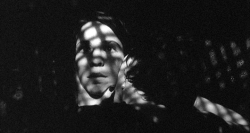
The Addiction
1995 -
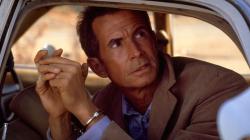
Psycho III
1986 -
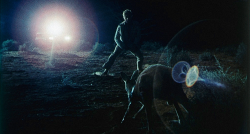
Wake in Fright
1971 -

Blacula
1972 -
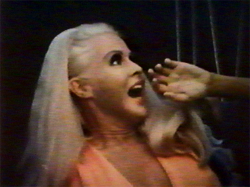
Big Foot
1970 -
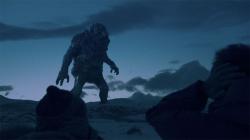
Trollhunter
2010 -
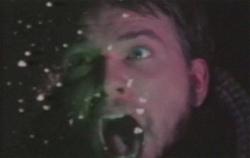
Invasion from Inner Earth
1974 -
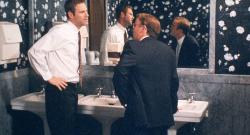
In the Company of Men
1997 -
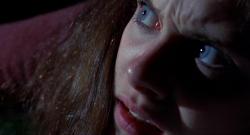
Happy Birthday to Me
1981 -

I Drink Your Blood
1970 -
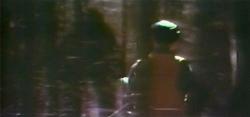
The Legend of Boggy Creek
1972 -
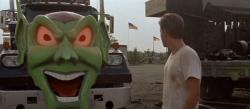
Maximum Overdrive
1986 -
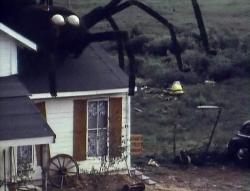
The Giant Spider Invasion
1975 -
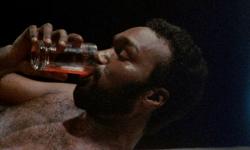
Ganja & Hess
1973 -
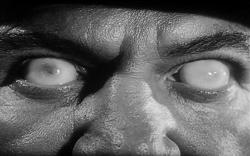
Not of This Earth
1957 -
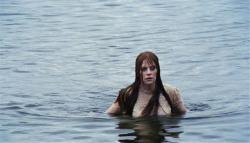
Let’s Scare Jessica to Death
1971 -
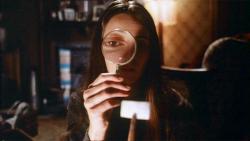
Next of Kin
1982 -
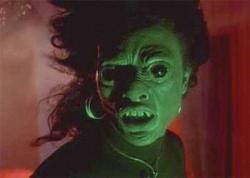
Def by Temptation
1990 -
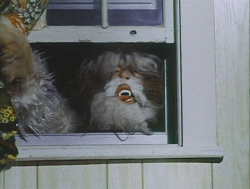
Shriek of the Mutilated
1974 -
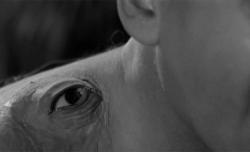
The Manster
1959 -
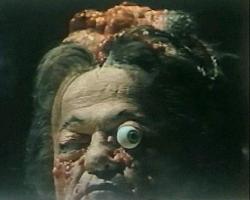
The Alpha Incident
1978 -
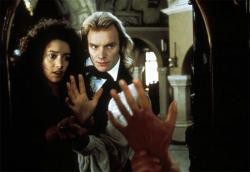
The Bride
1985 -
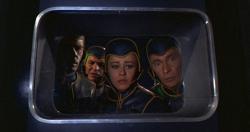
Planet of the Vampires
1965 -
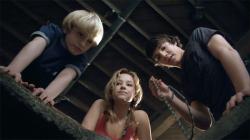
The Hole
2009 -
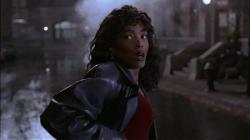
Vampire in Brooklyn
1995 -
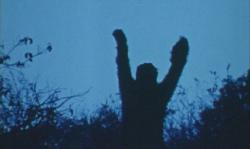
Sasquatch: the Legend of Bigfoot
1977 -
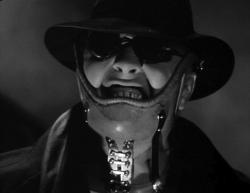
Mad Love
1935 -
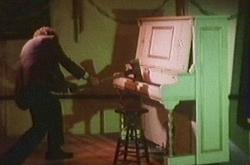
The Demons of Ludlow
1983 -

Habit
1997 -

Elephant
1989 -
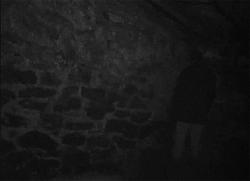
The Blair Witch Project
1999
We don’t do comments anymore, but you may contact us here or find us on Twitter or Facebook.



